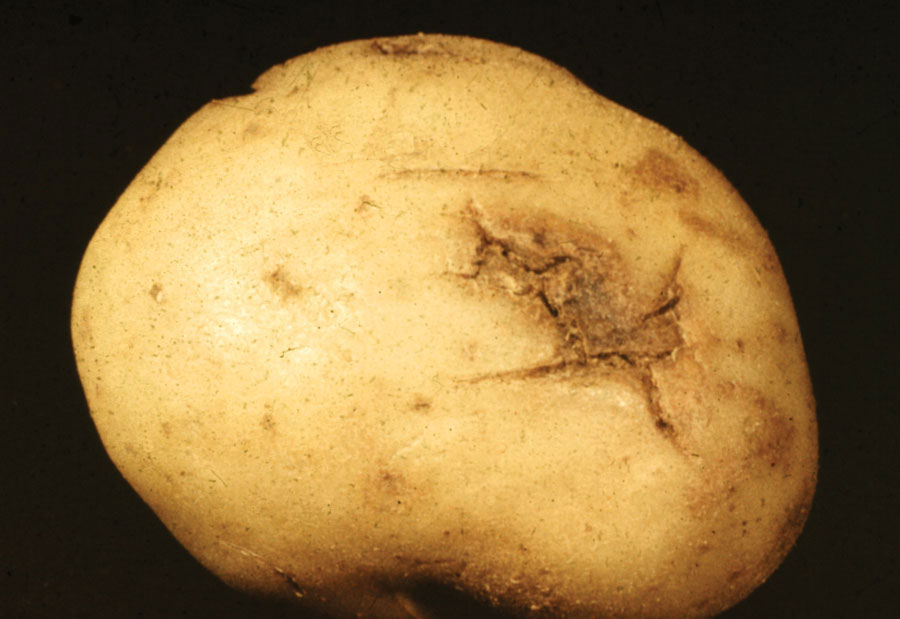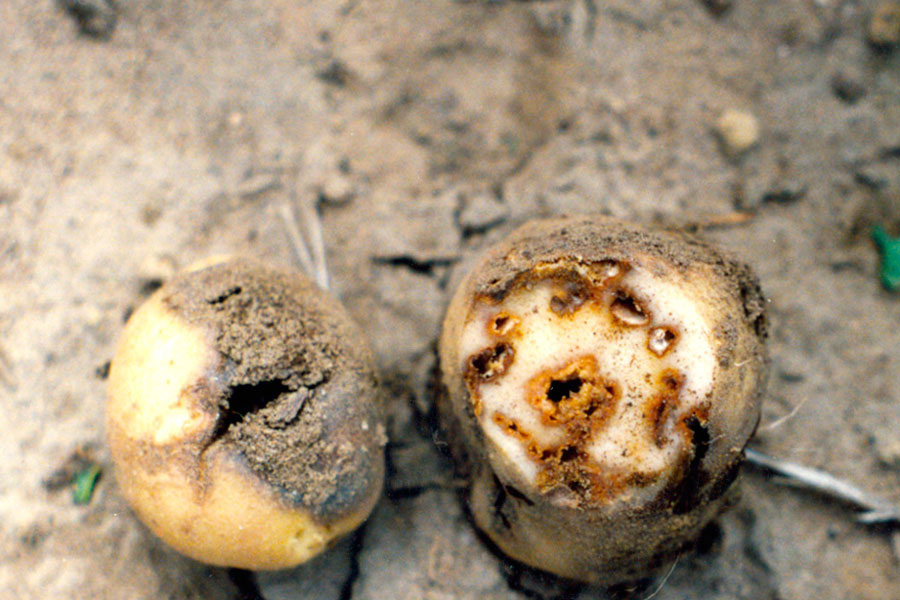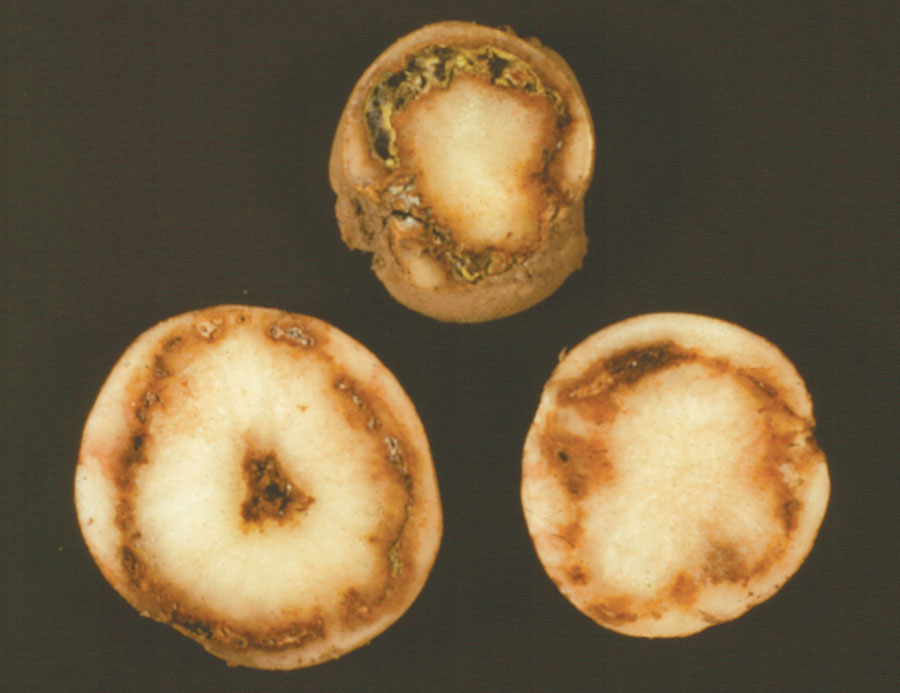The ring rot bacterium, scientifically known as Clavibacter michiganensis subsp. Sepedonicus, poses a significant threat to potato crops, with its highly infectious nature and resilience in various environments. Understanding the characteristics, symptoms, and preventive measures associated with this disease is crucial for safeguarding potato cultivation.
The ring rot bacterium exhibits remarkable resilience, primarily overwintering in seed tubers and surviving for up to 2 years as dried slime on various surfaces such as cutting knives, storage bins, equipment, and packaging materials. Notably, the bacterium withstands freezing temperatures, further emphasizing its persistence across seasons.
The spread of ring rot primarily occurs from infected seed pieces to healthy tubers during seed cutting and planting. Contaminated seed-cutter knives and pick planters serve as potent disseminators, exploiting fresh wounds as entry points for the bacteria into the tuber. Moreover, direct contact between diseased and healthy plants, as well as transportation via farm equipment and certain insects, contributes to the widespread dissemination of the disease.
One of the distinct characteristics of ring rot is the variability in symptom expression across different potato varieties. Some plants and tubers may carry the bacteria without exhibiting visible symptoms, thereby serving as potential carriers of the disease. Additionally, weather conditions play a role in symptom manifestation, as cool and wet climates may conceal symptoms, leading to latent infections that can be further complicated by secondary bacterial invasion.
In hot, dry seasons, ring rot progresses rapidly, with initial symptoms appearing on the lower leaves around mid-season. The disease manifests through distinct symptoms in foliage, stems, and tubers. Yellowing, wilting, and necrosis of interveinal areas and leaf edges characterize foliar symptoms, while creamy white bacterial masses may be observed in affected stem tissue. Infected tubers typically exhibit star-shaped cracks in the skin, accompanied by the development of odourless rot in the vascular ring, which may be further complicated by secondary bacterial invasion, leading to foul-smelling rot and potential destruction of tubers.
Given the severity of ring rot, preventive measures are crucial for mitigating its impact. Utilizing certified seed potatoes, planting whole, single-drop seeds, and disinfecting cutting knives, storage bins, equipment, and tools are essential practices. Avoiding the use of picker planters and ensuring frequent disinfection during cutting and planting operations are vital steps in preventing the spread of the disease.
By understanding the nature of ring rot, recognizing its symptoms, and implementing stringent preventive measures, potato growers can proactively protect their crops from this formidable threat, ensuring the continued health and productivity of their agricultural endeavours.







